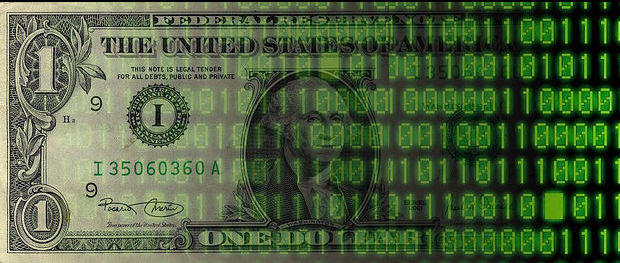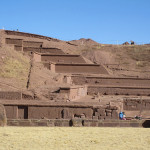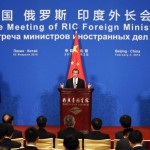Ecuador Moves for First State Sponsored Virtual Money

Ecuador becomes first country to go with a full time state-owned electronic money system. One more step closer to a one world currency.
They aren’t using Bitcoin but Ecuador will be the first country to use officially virtual money. (Scroll Down for Video)
Residents will still be able to use regular in hand money but Ecuador is really motivated at making e-money work for them.
Sweden has a widely-used system too, but the difference is that Ecuador’s will be the first one that is run by the government itself.
Ecuador Money History
The gold exchange standard was suspended February 8, 1932. Exchange controls were adopted April 30 and the official rate was fixed at 5.95 (buying) per US dollar. After the price of silver rose above the nominal value of most silver coins in the 1930s, Ecuador embargoed the export of silver (May 17, 1935). This was followed by numerous adjustments to the foreign exchange system as the sucre continued to depreciate.Foreign exchange controls were finally lifted in September 1937 and the official rate was set at 13.50 per US dollar. The sucre was devalued to 14.77 per dollar on June 4, 1940 and exchange controls were reimposed. The official rate became 14.00 per in 1942 and 13.50 per in 1944.
Parity was registered with the International Monetary Fund on December 18, 1946 at 65.827 mg fine gold (13.50 per US$), but a system of multiple exchange rates was adopted in 1947. The sucre’s IMF par was devalued to 15 per dollar in 1950, to 18 per in 1961, and to 25 per in 1970.
The sucre maintained a fairly stable exchange rate against the US dollar until 1983, when it was devalued to 42 per dollar and a crawling peg was adopted. Depreciation gained momentum and the free market rate was over 800 per dollar by 1990 and almost 3000 per in 1995.
The sucre lost 67% of its foreign exchange value during 1999, then in one week nosedived 17%, ending at 25,000/US$1 on January 7, 2000. On January 9, President Jamil Mahuad announced that the US dollar would be adopted as Ecuador’s official currency. Protests led to his removal. Vice President Gustavo Noboa became president, only to confirm the government’s commitment to dollarization.
On March 9, 2000, Noboa signed a law passed by Congress, replacing the sucre with the United States dollar at an official exchange rate of 25,000 sucres per US$1. Both currencies were to circulate, the dollar being used for all but the smallest transactions. Only coins would continue in the local currency.







